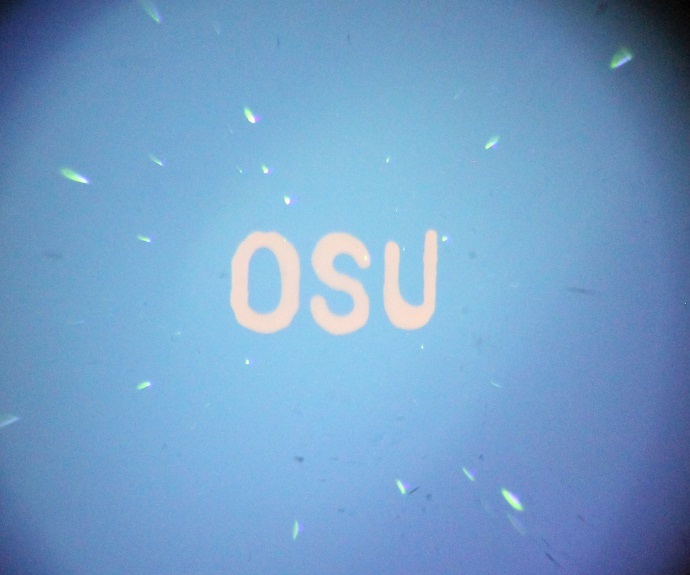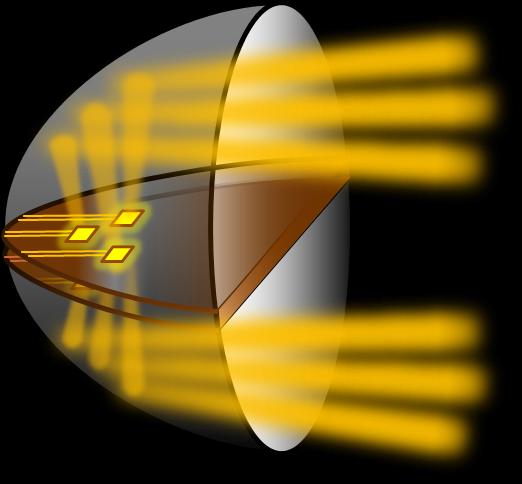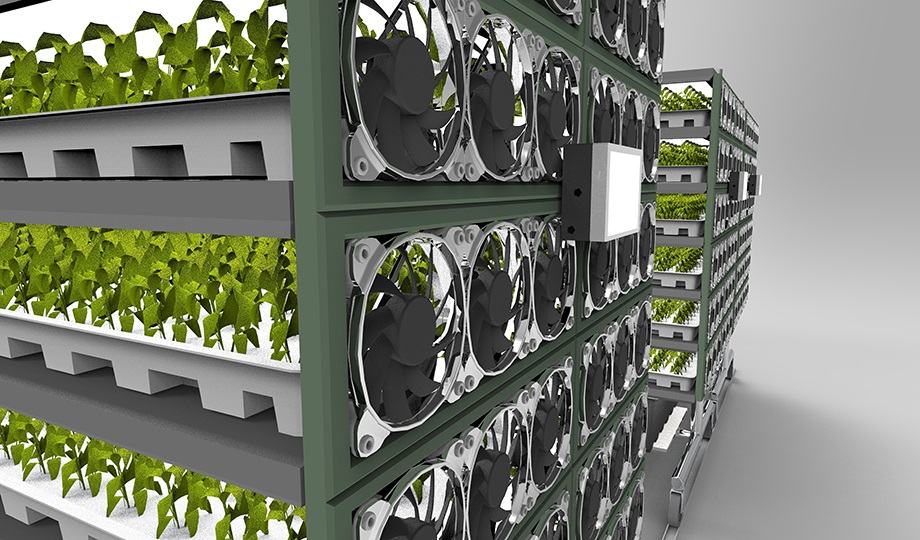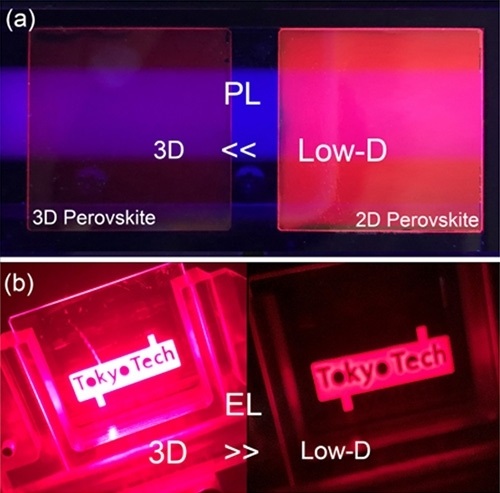08/19/2015
By David Stauth
CORVALLIS, Ore. – Advances at Oregon State University in manufacturing technology for “quantum dots” may soon lead to a new generation of LED lighting that produces a more user-friendly white light, while using less toxic materials and low-cost manufacturing processes that take advantage of simple microwave heating.
The cost, environmental, and performance improvements could finally produce solid state lighting systems that consumers really like and help the nation cut its lighting bill almost in half, researchers say, compared to the cost of incandescent and fluorescent lighting.
The same technology may also be widely incorporated into improved lighting displays, computer screens, smart phones, televisions and other systems.
A key to the advances, which have been published in the Journal of Nanoparticle Research, is use of both a “continuous flow” chemical reactor, and microwave heating technology that’s conceptually similar to the ovens that are part of almost every modern kitchen.
The continuous flow system is fast, cheap, energy efficient and will cut manufacturing costs. And the microwave heating technology will address a problem that so far has held back wider use of these systems, which is precise control of heat needed during the process. The microwave approach will translate into development of nanoparticles that are exactly the right size, shape and composition.
“There are a variety of products and technologies that quantum dots can be applied to, but for mass consumer use, possibly the most important is improved LED lighting,” said Greg Herman, an associate professor and chemical engineer in the OSU College of Engineering.
“We may finally be able to produce low cost, energy efficient LED lighting with the soft quality of white light that people really want,” Herman said. “At the same time, this technology will use nontoxic materials and dramatically reduce the waste of the materials that are used, which translates to lower cost and environmental protection.”
Some of the best existing LED lighting now being produced at industrial levels, Herman said, uses cadmium, which is highly toxic. The system currently being tested and developed at OSU is based on copper indium diselenide, a much more benign material with high energy conversion efficiency.
Quantum dots are nanoparticles that can be used to emit light, and by precisely controlling the size of the particle, the color of the light can be controlled. They’ve been used for some time but can be expensive and lack optimal color control. The manufacturing techniques being developed at OSU, which should be able to scale up to large volumes for low-cost commercial applications, will provide new ways to offer the precision needed for better color control.
By comparison, some past systems to create these nanoparticles for uses in optics, electronics or even biomedicine have been slow, expensive, sometimes toxic and often wasteful.
Oher applications of these systems are also possible. Cell phones and portable electronic devices might use less power and last much longer on a charge. “Taggants,” or compounds with specific infrared or visible light emissions, could be used for precise and instant identification, including control of counterfeit bills or products.
OSU is already working with the private sector to help develop some uses of this technology, and more may evolve. The research has been supported by Oregon BEST and the National Science Foundation Center for Sustainable Materials Chemistry.















